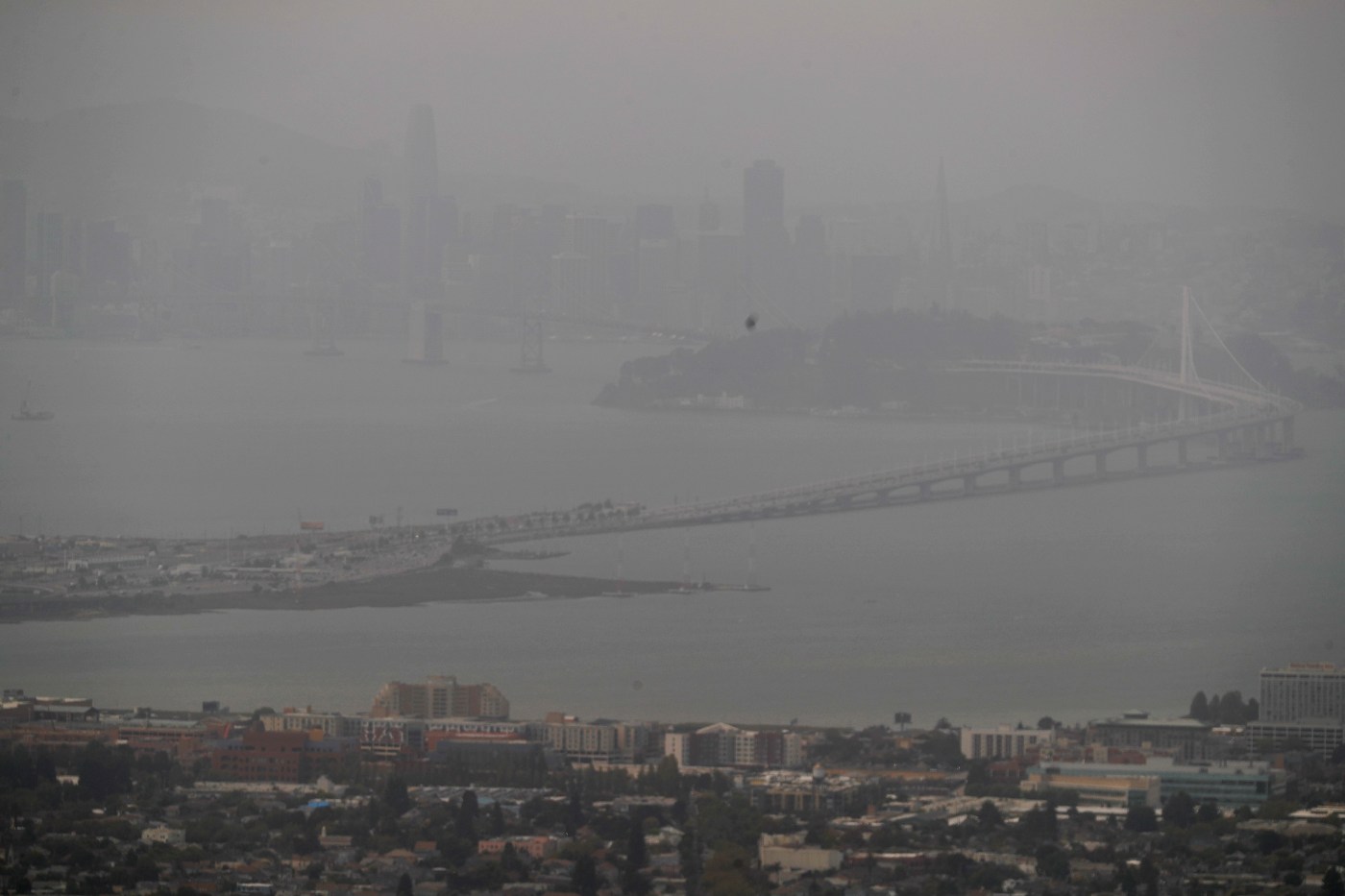The next time authorities issue a smoke advisory telling residents of California areas previously unaffected by wildfires to stay inside with closed windows and doors until a smoke cloud passes by or dissipates, do it.
Related Articles
Elias: Biden’s mental condition puts Harris, Newsom potentially at odds
Elias: California should use year-old law, limit gas price gouging
Elias: What’s good for pot industry isn’t necessarily so for the public
That’s the essential message of an authoritative new study that appeared just as this year’s fire season got started, the report indicating death tolls from smoke clouds caused by past blazes have been exponentially higher than previously reported.
In fact, the number directly or indirectly killed so far by smoke turns out to be far higher than fatalities from the flames themselves. It’s high enough to match almost precisely the human costs of illicit fentanyl consumption. One difference: the state now offers antidotes for fentanyl poisoning, but there is no easy remedy for the unseen and previously unattributed toll of California’s many fires.
Fentanyl deaths have made lurid headlines, but smoke-related maladies and deaths are sneaking up on Californians who usually regard inhaling smoke as a mere nuisance. It turns out the health effects of wildfires are far worse than that.
So says the report just published in the journal ScienceAdvances (science.org/doi/10.1126/sciadv.adl1252), published by the American Association for the Advancement of Science, in which UCLA researchers found that at least 52,000 people died over a very recent 11-year period from the effects of tiny particulate matter left behind in their lungs after inhaling wildfire smoke.
That’s an average of about 4,725 people a year felled by the after-effects of fires started by lightning, arsonists and criminally negligent utility companies, which have already been forced to pay more than $15 billion for physical damages from blazes caused by their faulty equipment.
The UCLA research, from the Luskin Center for Innovation in the school’s Environmental Health Sciences department, raises the suspicion that recent deaths may have been even more numerous than the report indicates, because it covers only the years 2008 through 2018, ending just as the severe wildfire epidemic of 2017 to 2022 was getting started.
“It’s just a major issue at the climate-health nexus,” said Rachel Connolly, the project director.
The report says wildfires produce toxic types of particulates, some of them carcinogenic, that can be up to 10 times more harmful to people than other sources of air pollution like auto smog or smokestack emissions. Very small particles floating in smoke can affect hearts and lungs, causing illness, hospitalizations and premature deaths, wrote the researchers. This can spur temporary problems like coughing, but also potentially fatal effects like emphysema and lung cancer.
Some scientists wonder if wildfires are behind a recent nationwide uptick in adenocarcinomas formed in linings of the lungs, also known as nonsmall-cell lung cancers, in people who have never smoked. The cause of this increase has not previously been explained. Dangers from smoke-induced disease are unlikely to decrease much soon, the UCLA researchers imply. What the study calls “questionable wildfire management practices” can combine with longer wildfire seasons to increase “chances of wildfires spreading … toxic smoke,” the researchers said.
What’s more, the tiny particles in smoke can threaten people living far from the actual fires. When winds blew smoke clouds over the Bay Area, San Diego and Los Angeles during the last three years, some people there got sick because the smoke does not lose its particulate content quickly while it travels, the study indicates. No one knows yet precisely how many long-term illnesses will result from the palls of smoke that hung over San Francisco and the East Bay hills in 2022 and last summer.
This gives rise to other questions: If serious illnesses that can take many months to manifest arise a year or more after a smoke cloud has hung over a major population center, are those who started the fires behind that smoke liable for health care expenses of the affected? Also, how can patients prove the smoke cloud was the direct cause of their health problems?
These are dilemmas the courts, filled with judges and lawyers who have never studied epidemiology, will eventually decide. No one can yet know if their decisions will be fair or even well informed.
Email Thomas Elias at tdelias@aol.com, and read more of his columns online at californiafocus.net.












